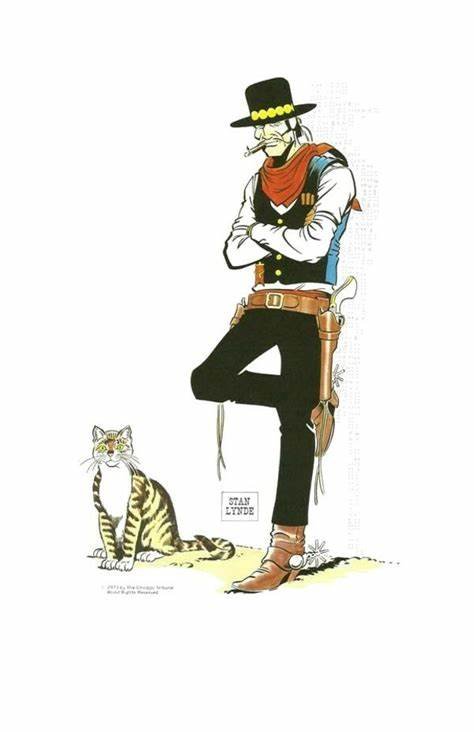Mountain Man
Well-known member
I used that word purposely because it has been thrown around a number of times in this thread depending on which concern was being attacked with a trite put down.Sometimes the word sniveling gets confused with people actually caring about the resource and concerned about the future. I think the majority complaining here would fall into that category.
I commend everyone for caring about the resource, it’s just the method of delivery that I think could use some refinement.






